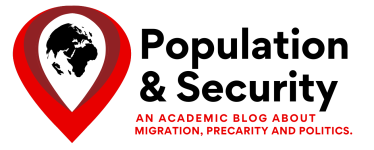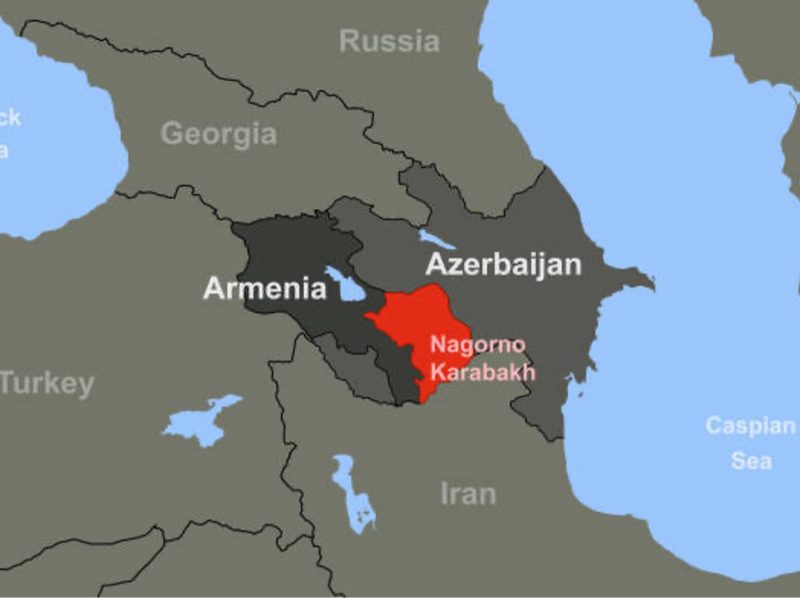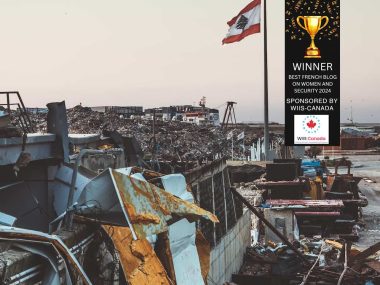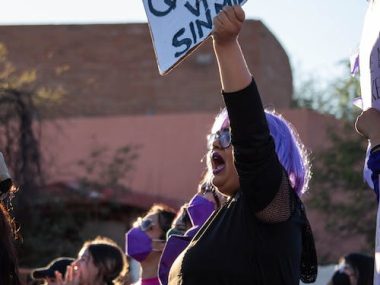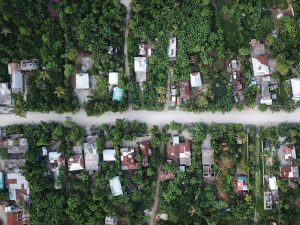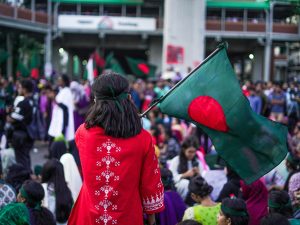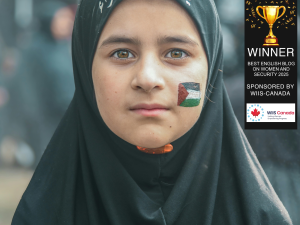The Soviet Union’s dissolution created a seismic shift in the South Caucuses, with the creation of several newly independent states and accompanying border disputes. Since then, Armenia and Azerbaijan, both former Soviet states, have seen sporadic events of violence over the region of Nagorno-Karabakh. The region, confined within the borders of Azerbaijan but demographically dominated by ethnic Armenians, has its own government and operates as a de facto state.
Political violence is not new to the region, including a brief eruption of fighting in 2020, which ended in a ceasefire. However, events unfolding now have set Nagorno-Karabakh and its ethnic Armenians on an uncertain path. On September 19, 2023, Azeri forces launched a military offense that led to the surrender of Nagorno-Karabakh forces and the expected dissolution of the de facto state as of January 1, 2024. This military attack came on the heels of the Lachin Corridor blockade, initiated by the Azerbaijani government 10 months ago. The blockade effectively cut communication between Armenia and Nagorno Karabakh’s capital Stepanakert, halting any movement of goods, services, and people between the two entities.
How did this fast-paced transition from a relatively frozen conflict to one of increased violence, human rights abuses, and alleged ethnic cleansing take place? Does the war in Ukraine and Putin’s inattention to the Caucuses affect the regional relationship between the de facto state and Azerbaijan? What does the future hold for Nagorno-Karabakh and the security of its people?
Azerbaijani Aggression in 2023
On September 19, 2023, Azerbaijan launched deadly military attacks on Nagorno-Karabakh, forcing residents to flee into neighboring Armenia and killing at least 200 people. Azerbaijani President Ilhan Aliyev approved the attacks based on the justification of an “anti-terrorist” mission. Armenian officials allege that over 100, 000 Karabakh people have entered the Armenian state, roughly equalling 80% of the entire de facto state’s population. The Azeri government have kept the border open but have arrested key figures and politicians like Ruben Vardanyan, a former leader of the Nagorno-Karabakh. With this mass exodus, the de facto state government dissolved itself after three decades of defending its independence from Azeri control. Armenia, meanwhile, has limited capacity to effectively process the flow of people entering the country. Prime Minister Pashiyan reiterated to his cabinet that displaced people are welcome to stay, live, and work in Armenia if returning to Nagorno-Karabakh is not a viable option.
How Did We Get Here: 2022 Lachin Corridor Blockade
The 4-month 2020 war ended in a ceasefire agreement brokered by Russia and saw considerable land transfers to Azerbaijan. Since then, the region has been relatively quiet, resulting in a freezing of the conflict. In December 2022, the Azerbaijani government sent so-called “eco-activists” to the Lachin corridor, effectively stalling movement between Armenia and Nagorno-Karabakh. The Corridor has strategic and symbolic importance. Dubbed a “lifeline” for Karabakh Armenians, it is the only road connecting the two entities, allowing Armenian goods to be transported to and from the de facto state.
Implications of Russia’s Waning Influence
Russia has historically served as the main peace broker in the region and has garnered outsized influence in both countries. This power has waned since its illegal invasion of Ukraine in 2022. With Russia turning all its attention – and military arsenal – to Ukraine, Azerbaijani President Ilham Aliyev saw an opening. The goal of returning Nagorno-Karabakh to Azerbaijani rule has been a major priority since Aliyev’s father, Heydar Aliyev, was president. Although Russian peacekeepers were installed to supervise the ceasefire agreement in 2020, Stepanakert was unable to effectively use them to deal with Azerbaijani aggression as Russia has limited room to maneuver since any large attempt to mitigate violence can exacerbate the situation. As Russia’s attention has been on Ukraine, pro-government media outlets in Azerbaijan have spewed conspiracy theories, claiming that the Russian peacekeepers are “occupiers” within Nagorno-Karabakh.
Complicating matters further, Russia has historically sold weapons and ammunition to both Armenia and Azerbaijan, making bi-lateral negotiations between the two nations difficult to foster and achieve. As a result of the waning Russian influence in the region, Azerbaijan has been stern in its refusal to negotiate with the Armenian state, requesting direct and informal negotiations between Stepanakert and Baku.
This leaves the Nagorno-Karabakh government in a precarious situation. With less Russian protection in the region, they are left to defend themselves against Azerbaijani aggression, as without international recognition, they are left without any mechanism to engage in official negotiations. With Russia’s invasion of Ukraine distracting Putin, the United States and the European Union have taken some tentative steps in hopes of fostering future peace negotiations. The European Union invited leaders from Azerbaijan and Armenia to continue peace talks, further expressing concern over the humanitarian situation and security of Karabkahi Armenians. The United States has strengthened relations with Armenia following the September attack, highlighting the visible absence of Russia in the region. Following the presumptive Azeri attacks, former U.S. House Speaker Nancy Pelosi visited Armenia, reiterating the global powers direct support for the country.
What’s Next?
The 2023 conflict has evolved in a vastly different way than earlier conflicts. Previous episodes of violence saw the relatively quick issuing of a ceasefire agreement, returning the region to a state of relative, if tenuous, peace. However, this current conflict not only labeled Nagorno-Karabakh as a soon-to-be relic of the past starting January 1, 2024, but has produced severe implications for Russian geopolitical power, considering that it was a region dominated by Russian influence. With Putin otherwise engaged on the Ukraine front, Azerbaijan has effectively taken back the region and dismantled any notion of Karabakh independence while concurrently increasing its position as an emerging regional power alongside Turkey.
A new peace proposal between Armenia and Azerbaijan is currently in progress. Simultaneously, growing concerns over potential violence stemming from Azerbaijan’s claim to the so-called Zangezur Corridor have garnered attention from both external parties and Armenia. The corridor, which lies within Armenian borders, would allow access to Azerbaijani territory Nakhchivan, potentially eroding Armenian sovereignty. As Armenia’s relationship with Russia continues to deteriorate, pushing the country westward for protection, Azerbaijan’s next move will be closely watched by the international community. The United Nations sent a team into Nagorno-Karabakh as of October 1 to assess humanitarian concerns, but the effort was too little or too late.
Though there are historical and ethnic ties between the two entities, the residents of Nagorno-Karabakh have prided themselves on their intrinsic and unique identity, making the situation much more nuanced and complicated. Is this the end of the “frozen” conflict between Armenia and Azerbaijan, and how will Karabakh Armenians navigate a world that has no distinct place for them?
